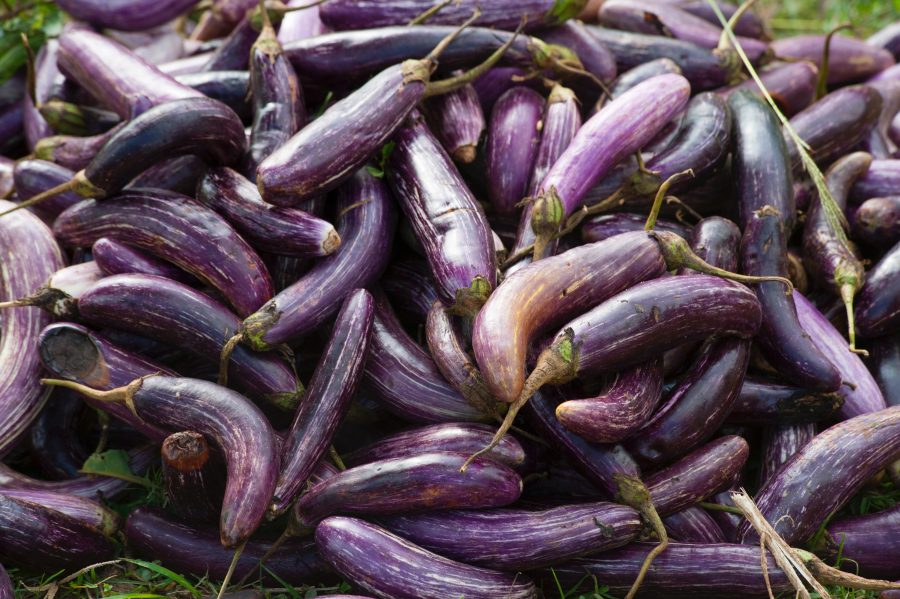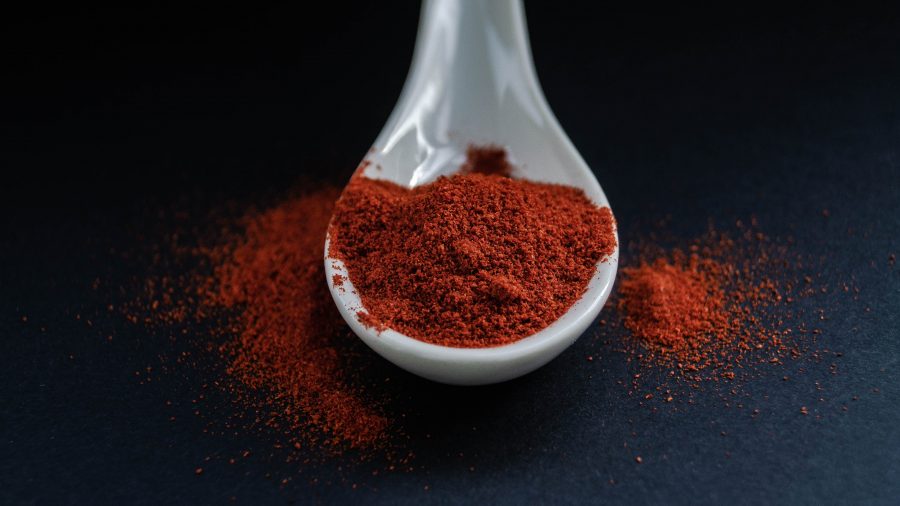Autumn is here and with it comes a lot of baked goodies and pumpkin spice. This toxicity segment is dedicated to most of the culinary herbs and their potential side effects. Many of the herbs listed here are regarded as safe by the general public, but this is far from reality. A majority of people would argue that since you use spices in low doses that their health effects are negligible and can be considered as safe to use. In my opinion, anything that even has the slightest potential to be toxic or contains toxic compounds is toxic. While all these herbs/spices have varying levels of toxicity, each person feels their effects differently. It’s mostly the content of their essential oils which are known to produce their significant flavors and smells. Compositions of essential oils are extremely different depending on numerous parameters related to the plant’s cultivation, harvest, and storage. This is just a general guideline and you may find some of these less toxic than what I make them to be, but that doesn’t mean they are safe for all people.
Category: Food

This article summarizes the toxicity of the food that comes from species of Solanum genus, focusing on potatoes, tomatoes and eggplant (or aubergine if you will). I still cannot believe that these food sources have become so popular over the hundreds of years even though the studies regarding their extracts are so limited (or I can’t seem to be able to find any good ones). Let’s just say these food sources are certainly not the most appealing to my eyes, but a majority of people would argue their points how brilliant these are even though that’s far from reality.
One of the main concerns for the nightshade family is the presence of steroidal glycoalkaloids. These alkaloids are present in all parts of the plants in varying concentrations. They serve as a defense against pathogens and predators that quickly regret considering eating them. This is interesting because it has been shown that glycoalkaloids are less toxic to animals than they are to humans and yet humans seem to love consuming food containing them. They are the reason why your meal might taste bitter, so that should dissuade you to eat it, just like curcurbitacins in overripe or decorative squashes. Sadly, this is not always the case and people continue to eat them despite the bitter flavor.

